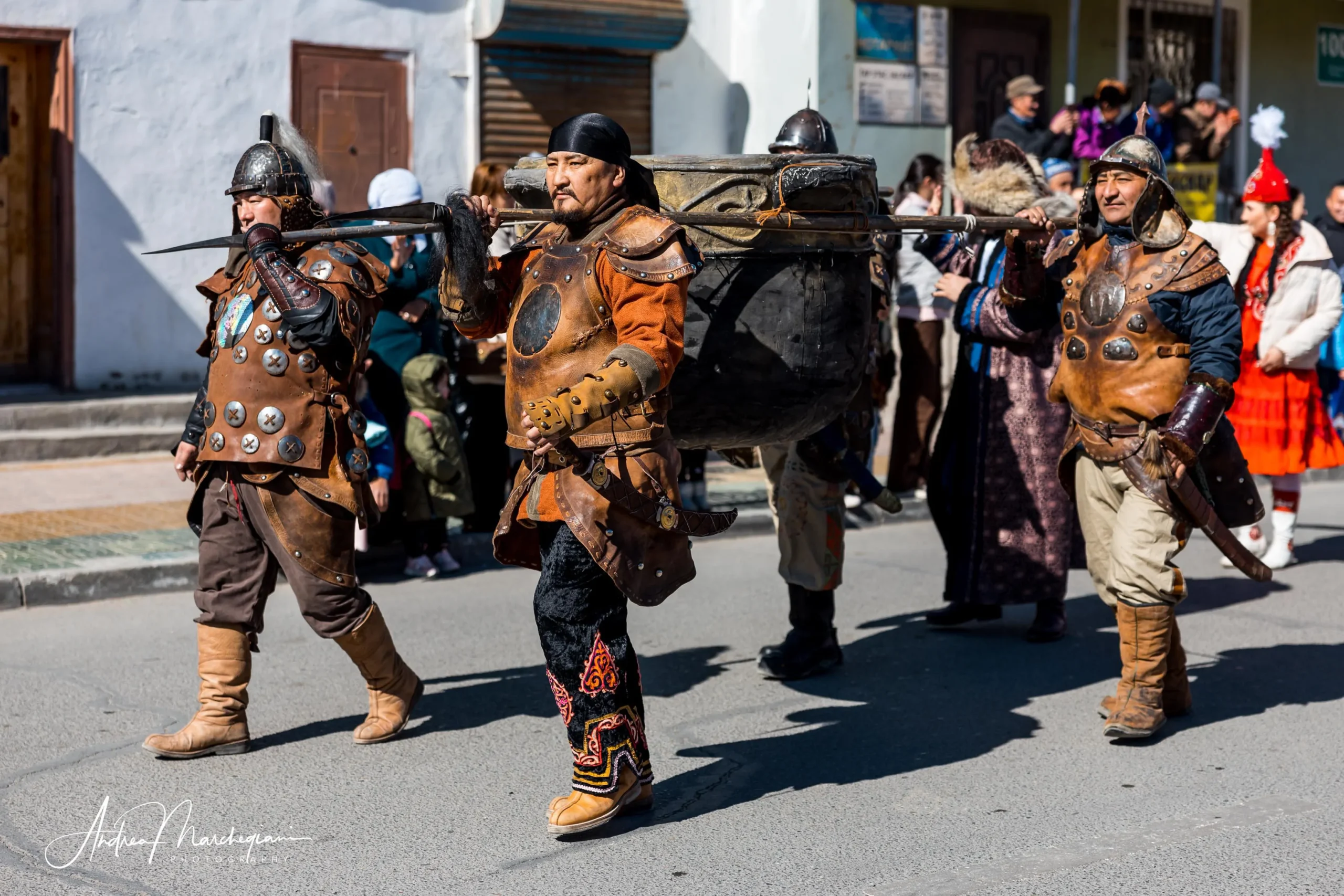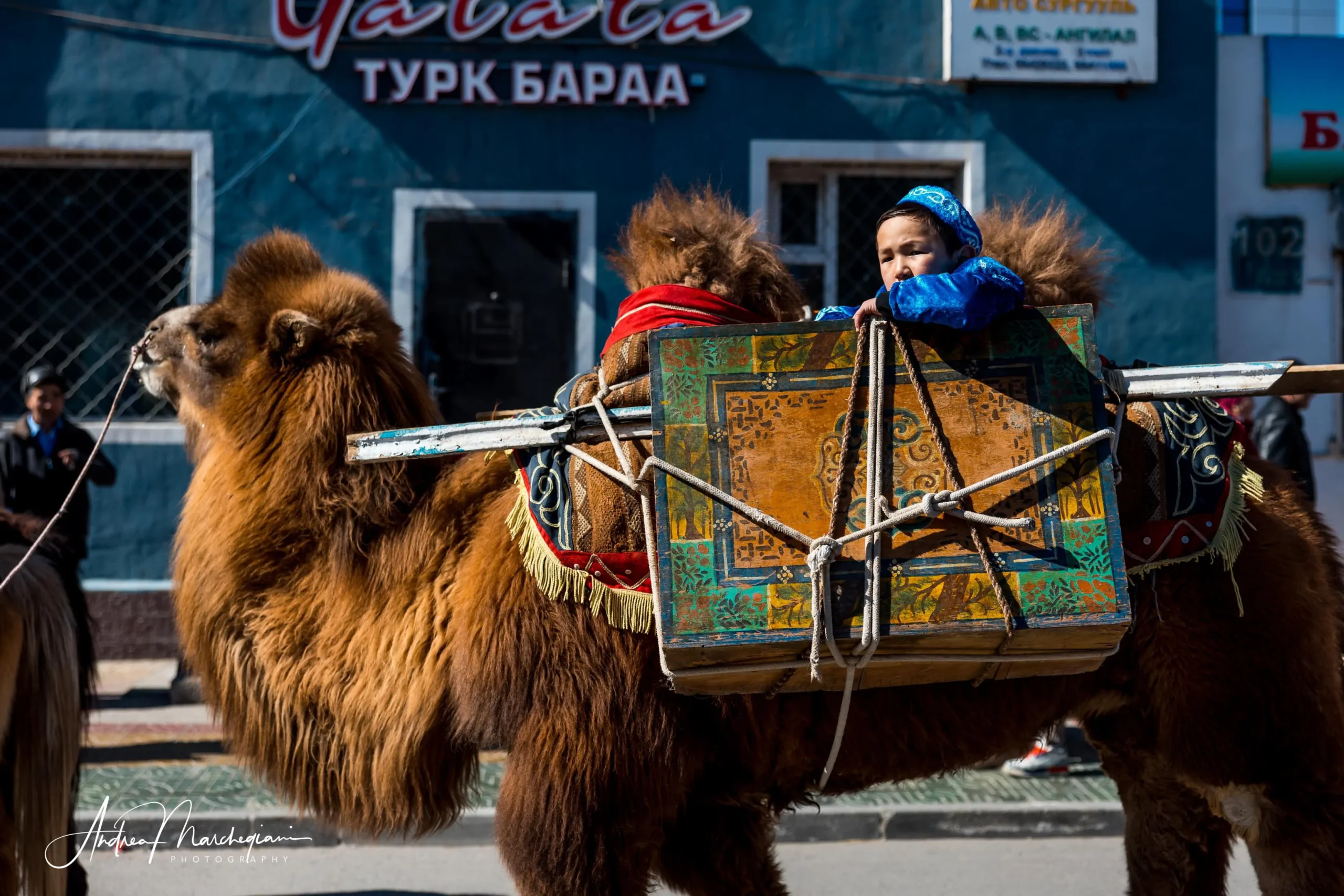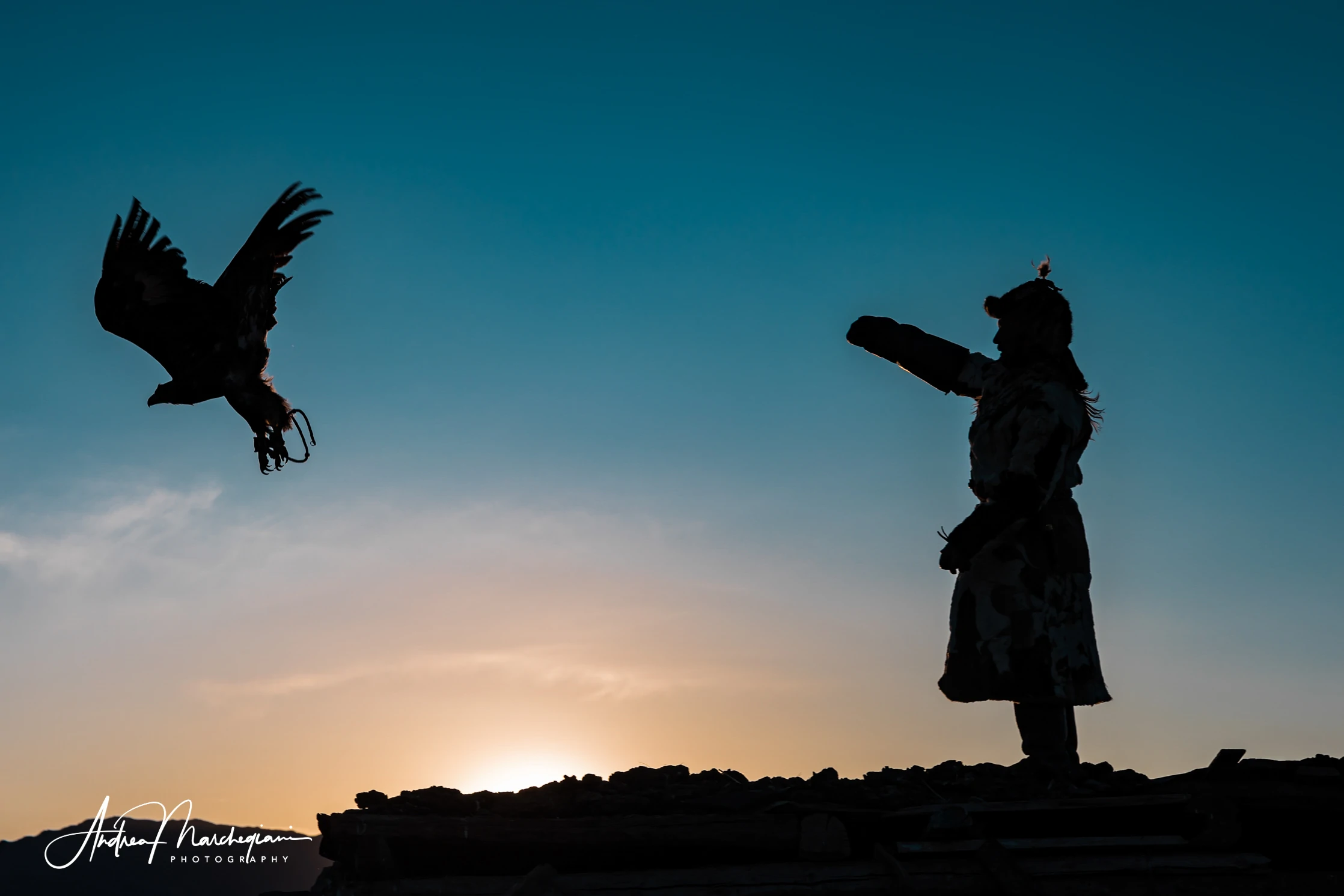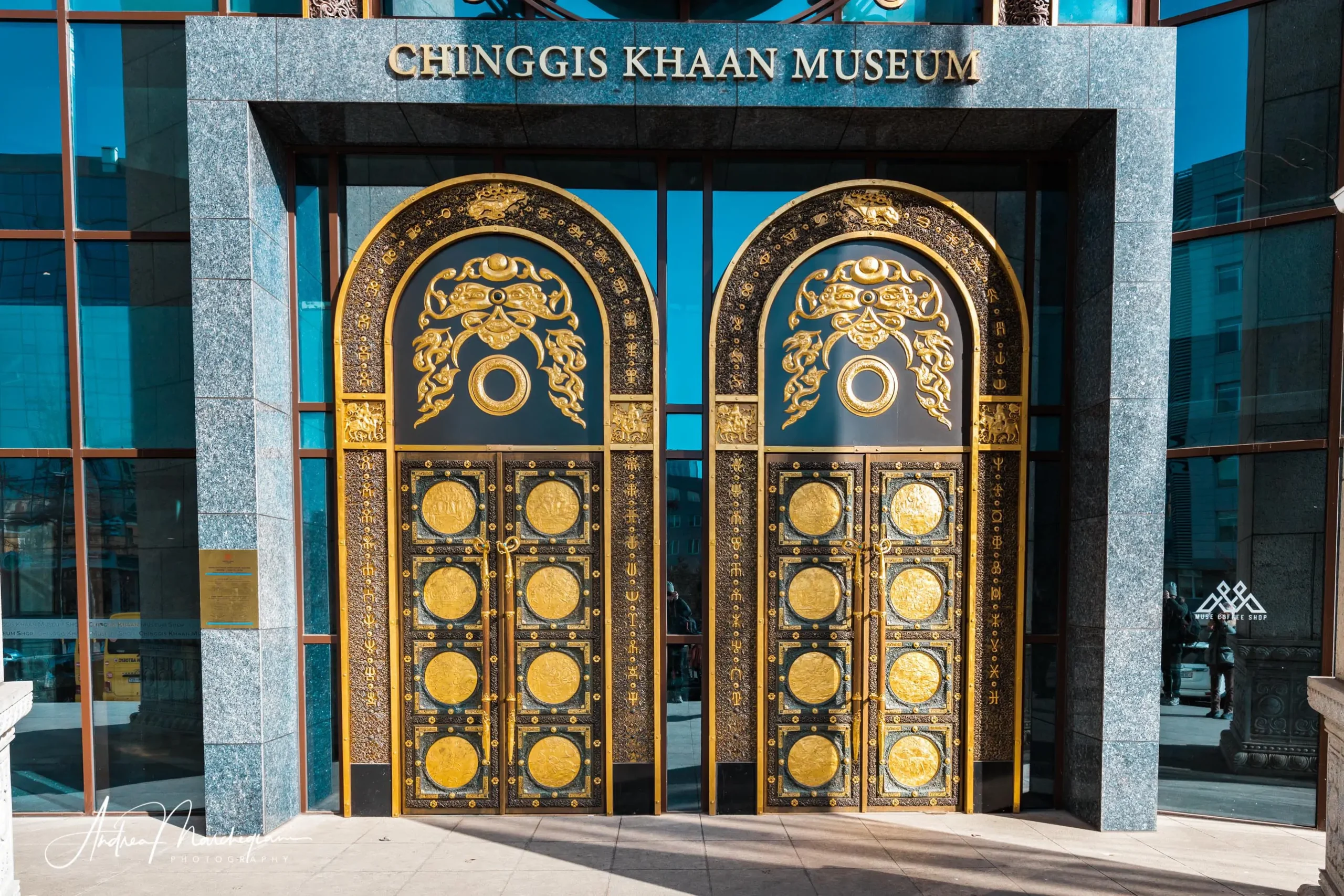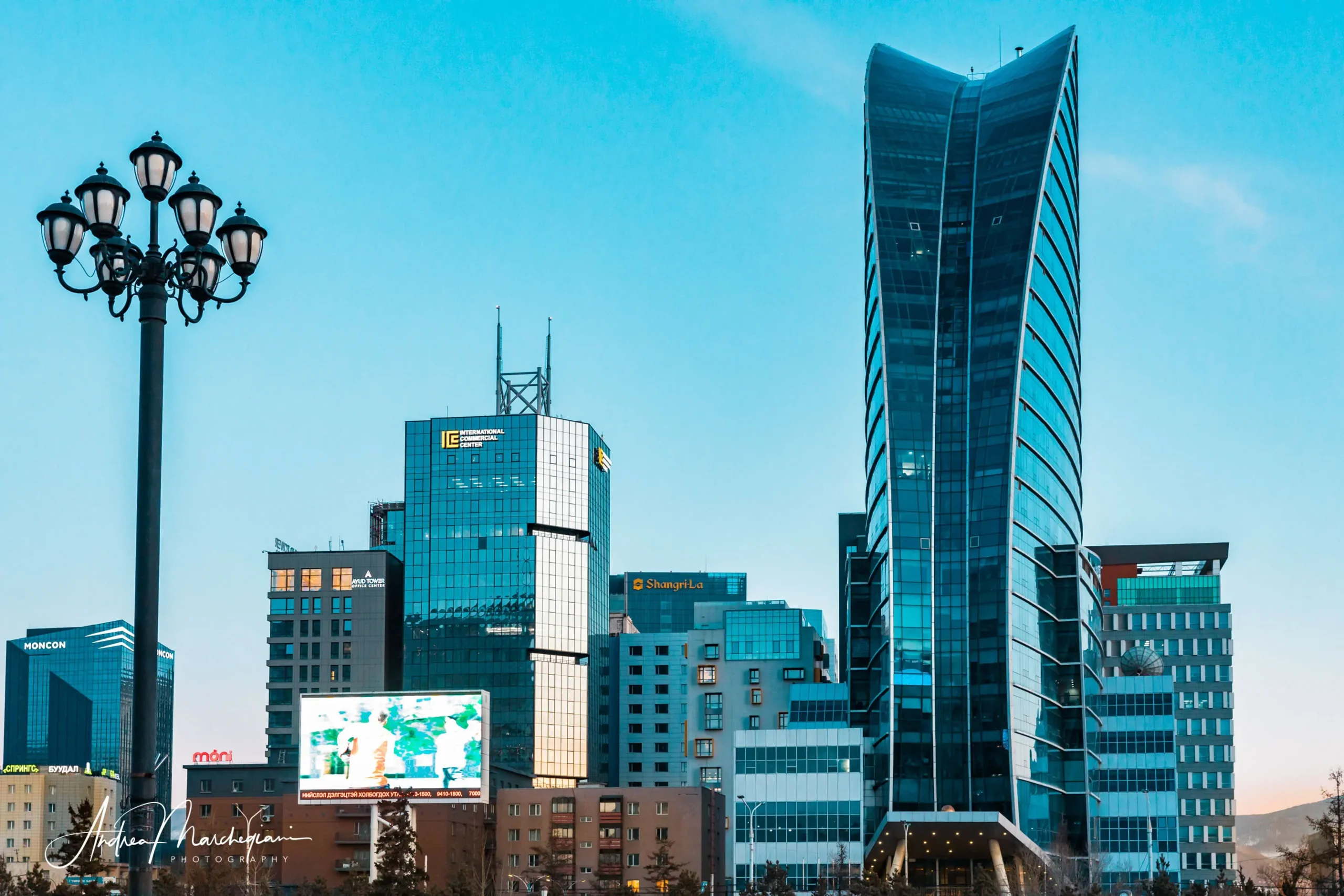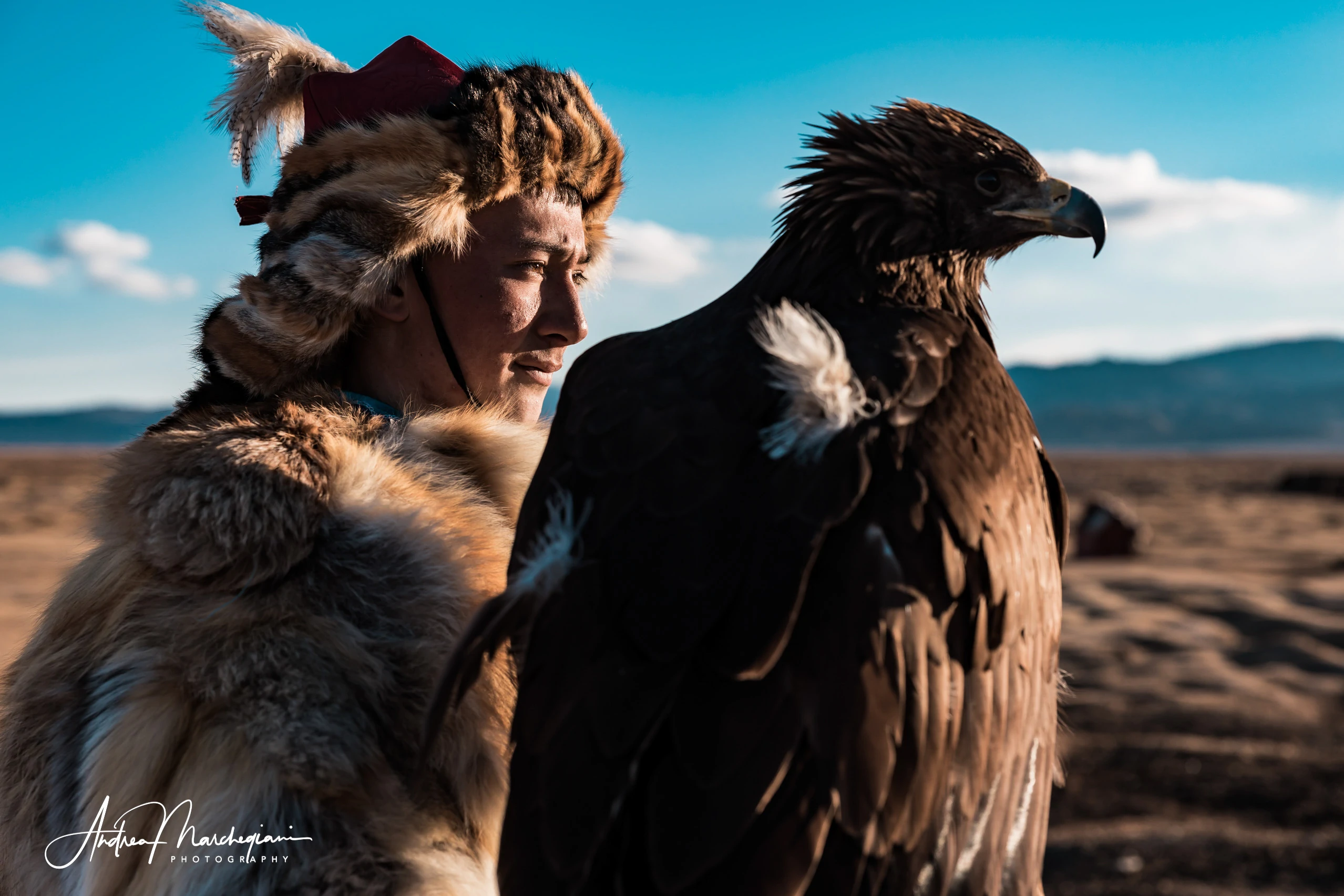
- Home
- Photo Galleries
- Portrait Photography
- Landscape Photography
- Street Photography
- China
- Ethiopia
- India
- Holy Ganges
- Varanasi
- Varanasi Ganga Aarti
- Varanasi, Manikarnika Ghat
- Varanasi Streets & Alleys
- Varanasi Demolition
- Varanasi Fruit Market
- Sarnath
- Brick Kilns
- Tamil Nadu, Chennai & Mamallapuram
- Tamil Nadu, Fort Tirumayam & Madurai
- Tamil Nadu, Tiruvannamalai & Thanjavur
- Kerala, Munnar
- Kerala, Peryiar
- Kerala, Backwaters
- Kerala, Kochi
- Kazakhstan
- Myanmar
- Senegal
- Uzbekistan
- Travel Blog
- China
- Ethiopia
- India
- Tamil Nadu & Kerala
- Varanasi
- Whato to do in Varanasi
- Varanasi Life along the Ghats
- Varanasi Death along the Ghats
- Varanasi Ganga Aarti Ceremony
- Varanasi demolished to honor Shiva
- Varanasi Fruit Market
- “Varanasi, A Journey into the Infinite”
- Sarnath
- All about River Ganges
- Holy Shit. All about Indian Cow Dung
- Clean India Project
- Brick factories
- Tilaka, pundra, bindi: what is the mark on Indian foreheads?
- Kazakhstan
- Mongolia
- Ulaanbaatar, the coldest capital in the world
- What to do in Ulaanbaatar
- Chinggis Khan Museum, 6 floors of Mongolian history
- Gorkhi-Terelj National Park and Bodgkhan Natural Reserve
- Altai Mountains, Things to do in Olgii and Sagsai
- Living with the Eagle Hunters
- Sagsai Eagle Festival
- Navrus Festival
- Xöömej, Mongolian throat singing
- Mongolian Food
- Myanmar
- Senegal
- Uzbekistan
- Latest Posts
- Photography Blog
- About
- Prints
Navrus Festival is a city parade held during the “Navrus” celebration, which is highly cherished among the Mongolian Kazakhs residing in the Altai Mountains, on the western border of the country.
Navrus celebrates the arrival of spring and the new year: what better opportunity to immerse oneself in a crowd and engage with local traditions?
Share with your friends:
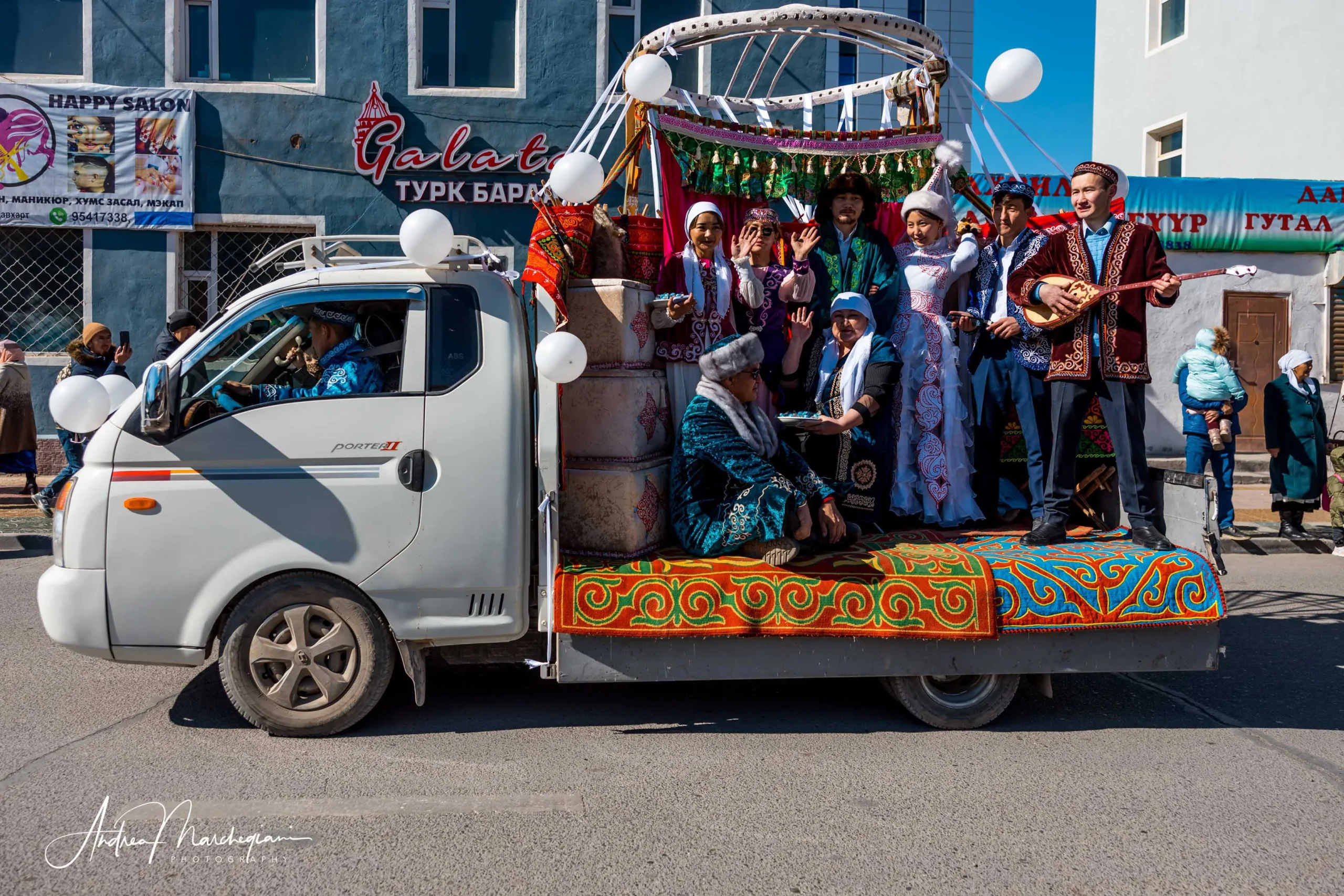
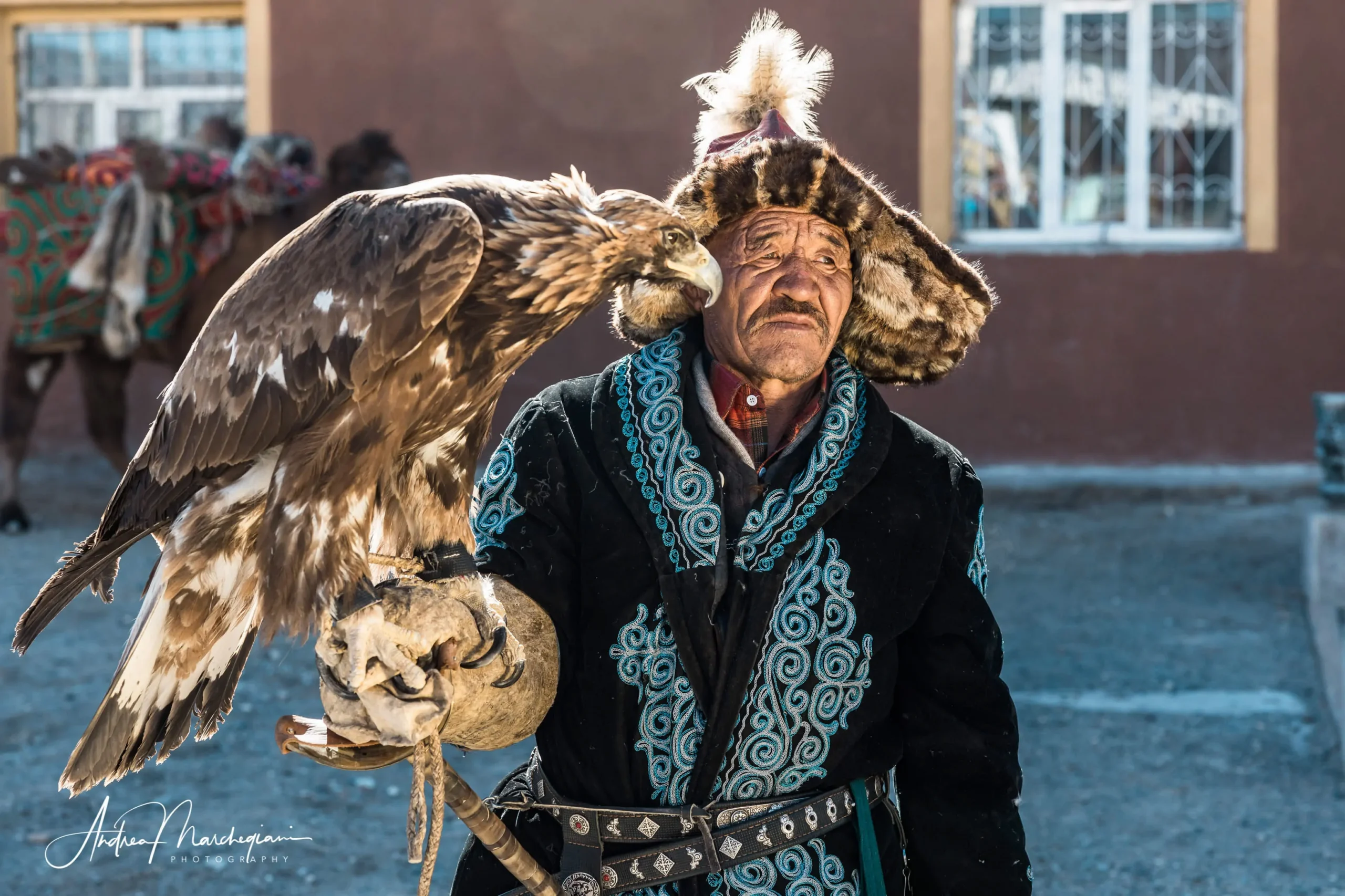
What is Navrus Festival
Navrus Festival is a city parade that takes place in various countries in Central Asia, including Uzbekistan, Tajikistan, Kyrgyzstan, Turkmenistan, and Kazakhstan, coinciding with “Navrus,” the holiday celebrating both the arrival of spring and the beginning of the new year according to the Eastern calendar.
During Navrus, people gather to participate in various cultural activities and ceremonies. The celebrations include traditional dance performances, musical shows, games, competitions, and the preparation and sharing of traditional dishes. Festive attire is worn, and New Year greetings are exchanged.
Navrus Festival in Mongolia
Olgii is the capital of Bayan-Ölgii Province and a town with a population of 30,000. It is located in the Altai Mountains in western Mongolia, a region predominantly inhabited by the Kazakh people. Nestled amidst the steppe, Olgii feels like a place where time has stood still.
Here, Navrus is celebrated with great enthusiasm. The streets are adorned with colorful banners, and there are processions of floats, horses, camels, and various local associations, ranging from eagle hunters to sports teams.
It is truly a splendid event that guarantees a lively and joyful atmosphere, with ample opportunities to sample local traditional dishes offered freely to all attendees as a symbol of prosperity and friendship. The festival culminates in the main square with a final concert attended by the Mongolian president himself.
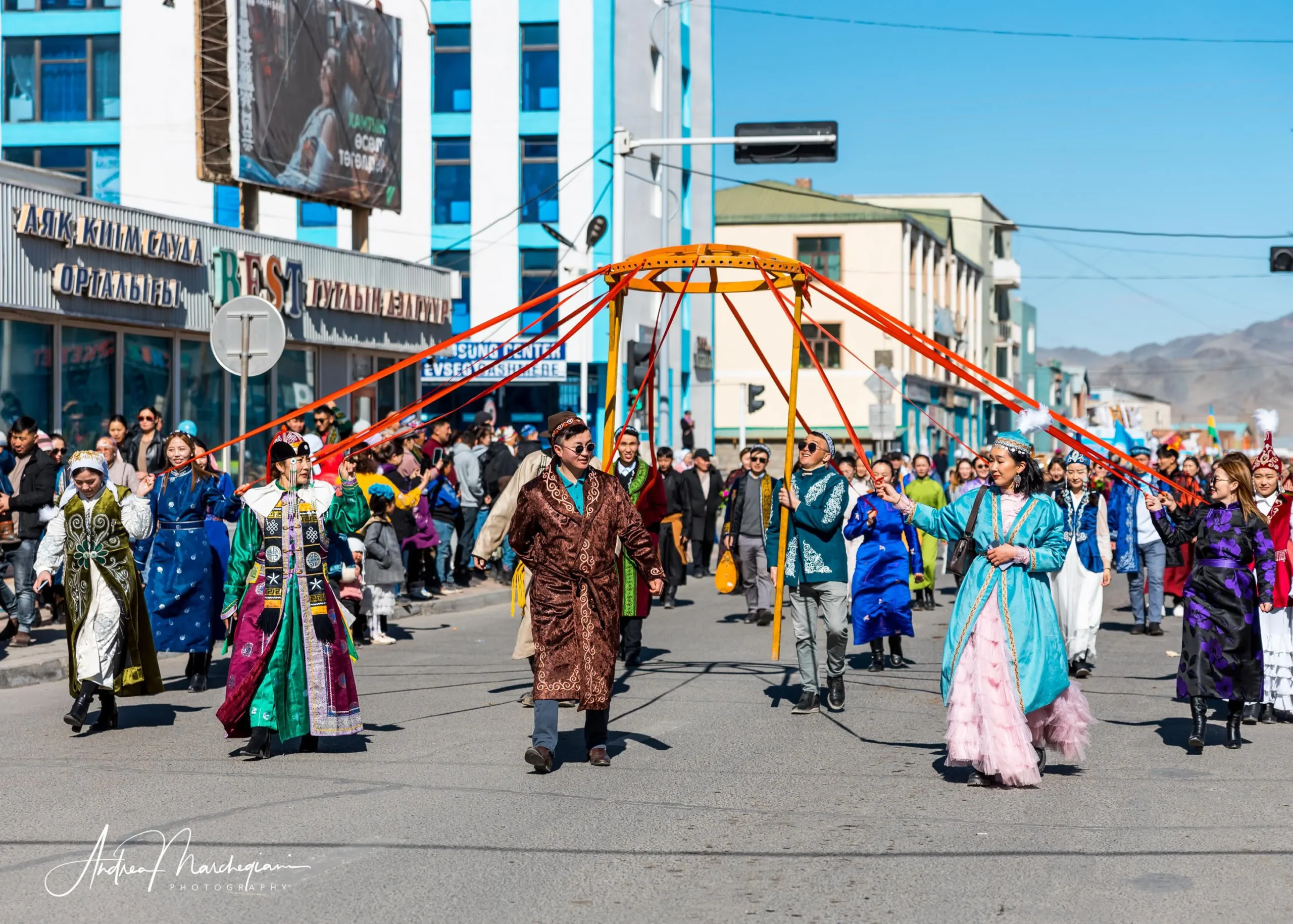
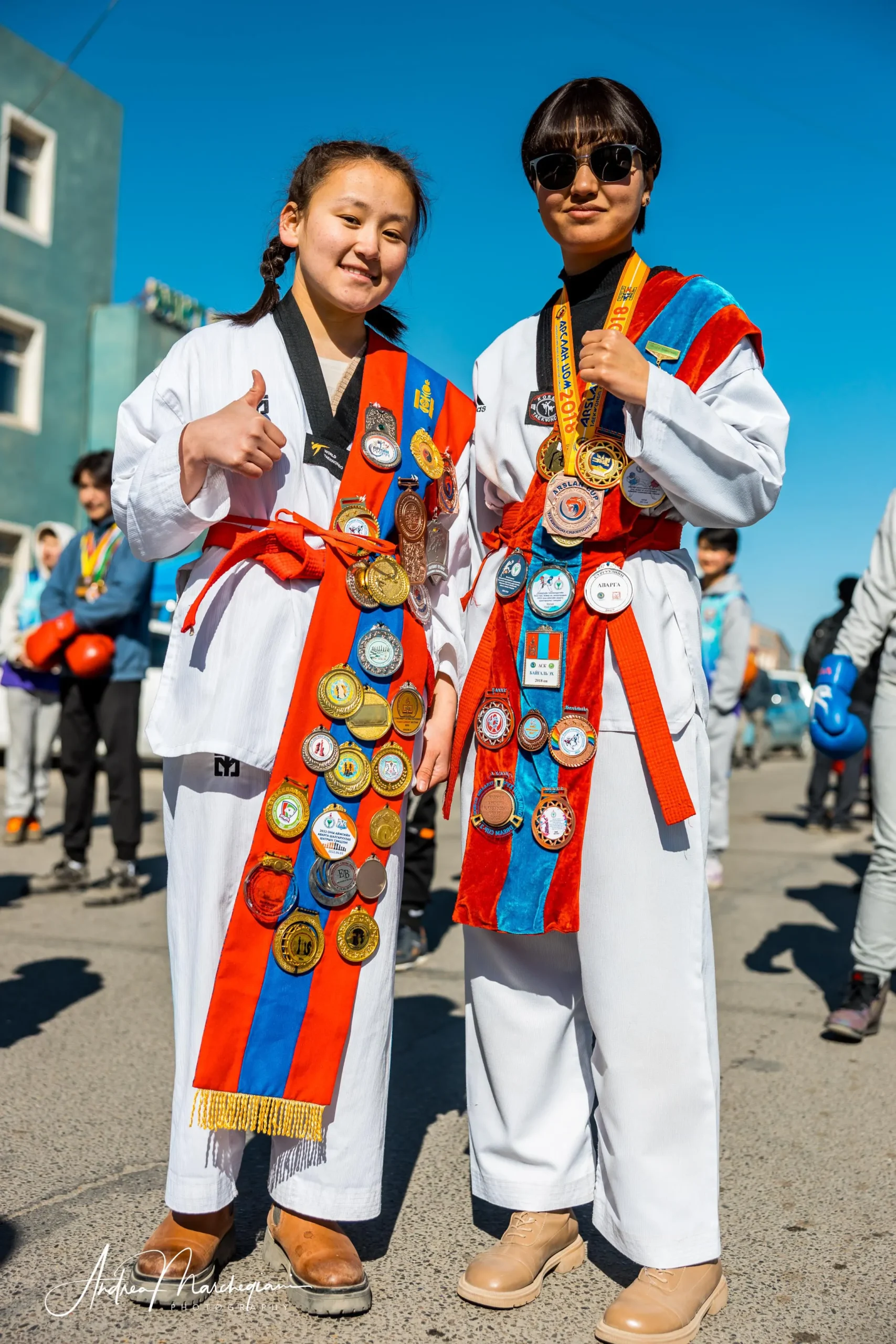
Navrus, an occasion to come together
On the evening before March 21, on the eve of Navrus and the Sagsai Eagle Festival, Mongolians prepare unforgettable dinners to share with their relatives and friends. If you are their guests, forget about declining the invitation.
You will dine at the table with the hosts, who will serve you Beshbarmak, which means “five fingers” because it is eaten with the hands. It is a stew made from various parts of different animals, including sheep’s head, considered a true delicacy. If they offer you an eye or brain, don’t hesitate. They are offering you the best part, and refusing food in Mongolia is considered uncouth!
The evening continues with traditional singing and dancing: Mongolians are excellent singers, so prepare some songs from your own national musical repertoire, or you will make a bad impression!
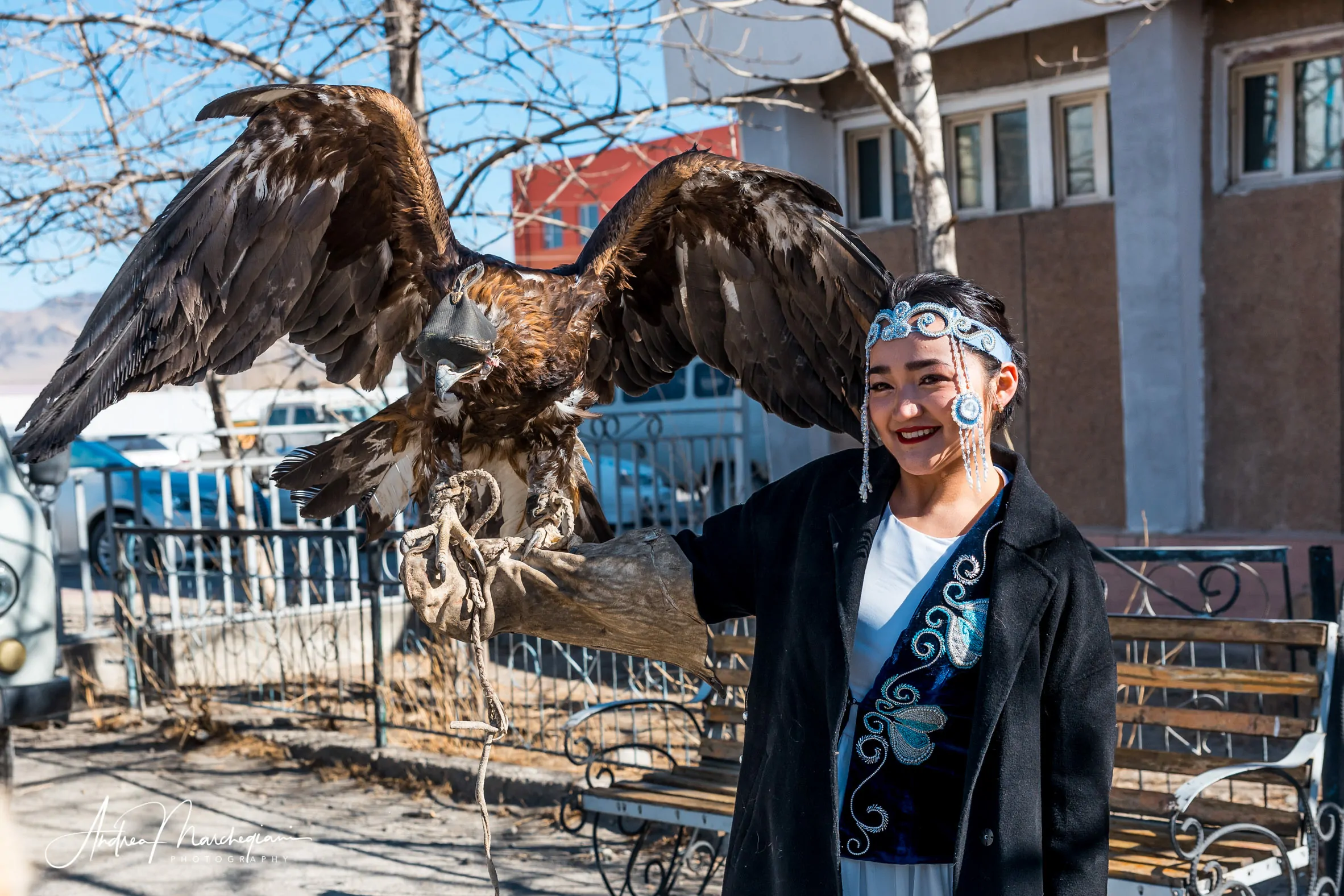
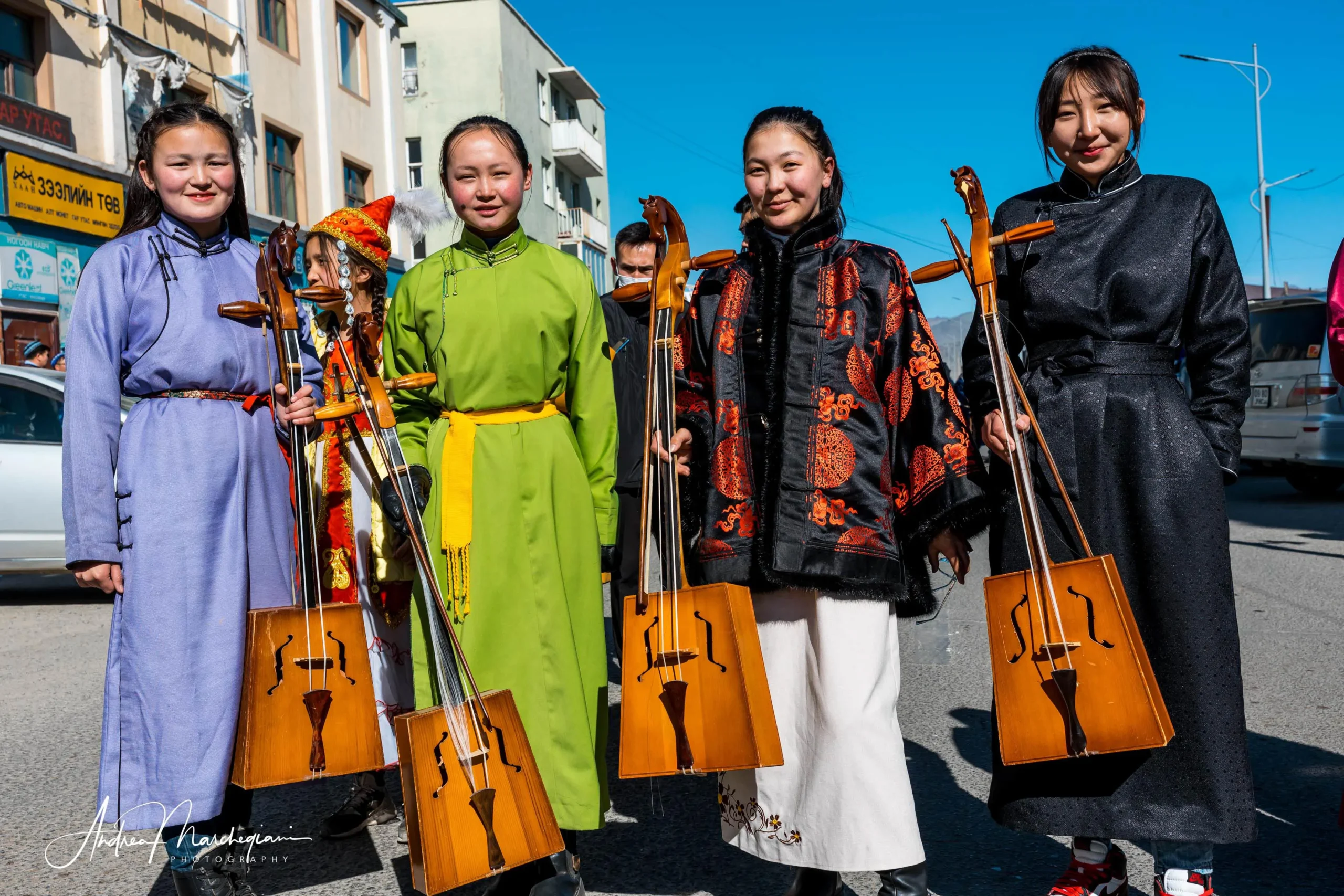
Navrus Festival, eating as much as possible in as many houses as possible
My guide, Uugie, takes me to see the parade that marches through the streets of Olgii and ends in the central square. Here, a stage is set up, and dance and singing performances are presented. Even the Mongolian president is present and gives an opening speech, of which I don’t understand a word, but it is certainly filled with good wishes.
Furthermore, traditional Mongolian gers have been set up in the square, and Uugie invites me to enter one. Inside, I am warmly greeted by women who lead me to a large set table. There is an abundance of traditional food, from baked goods to roasted meats, to pastries in psychedelic colors.
“Andrea,” Uugie says, “Sit down and have something to eat. It’s all offered by the community. The tradition dictates that on Navrus day, one goes from house to house to greet neighbors and have a bite to eat. You can’t stop until you’ve visited a hundred homes: your belly might burst, but that’s how it should be. It brings good luck!”
I sit down and have something to eat as well. I am treated as an honored guest, and amidst countless smiles and gratitude. The Kazakh shepherds residing in the Altai Mountains of Mongolia are known to be reserved but hospitable. There is no better occasion than Navrus to experience their generosity.
